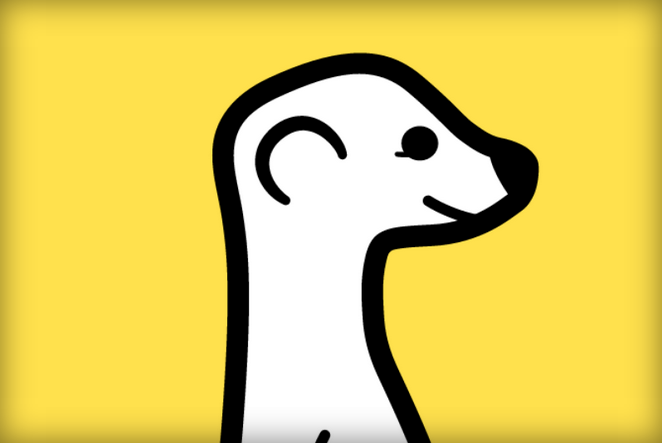South by Southwest, or SXSW, as it is more commonly known these days (or #SXSW, as it more commonly appears in online references these days) is now underway, with the Interactive portion of the festival, or #SXSWi, having begun this past Thursday. I attended this part of the event as a full-fledged badge holder in 2012 and 2013, and I may do so again some day, but there is also some value in observing the festivities from afar.
One aspect of SXSWi that particularly jumps out at me is the near-total inscrutability of much of its news and gossip, especially with regard to the quest to be this year’s “it” app. Take this headline, posted to Facebook by my friend Jen: “Twitter cuts Meerkat off from its social graph just as SXSW gets started.”
Literally nothing in that headline, or the comments to Jen’s post, makes any sense at all without heaping amounts of context. I initially just assumed that Meerkat and Periscope are companies, or apps, or websites, or programming languages, or something else tech-y. It’s just funny how the tech world has normalized jargon so much.
![By Charlesjsharp (File:Meerkat (Suricata suricatta) Tswalu.jpg) [CC BY-SA 4.0 (http://creativecommons.org/licenses/by-sa/4.0)], via Wikimedia Commons By Charlesjsharp (File:Meerkat (Suricata suricatta) Tswalu.jpg) [CC BY-SA 4.0 (http://creativecommons.org/licenses/by-sa/4.0)], via Wikimedia Commons](http://crypticphilosopher.com/wp-content/uploads/2015/03/Meerkat_Suricata_suricatta_Tswalu_crop.jpg)
Nope.
![By Gummigoof (Own work) [CC BY 3.0 (http://creativecommons.org/licenses/by/3.0)], via Wikimedia Commons By Gummigoof (Own work) [CC BY 3.0 (http://creativecommons.org/licenses/by/3.0)], via Wikimedia Commons](http://crypticphilosopher.com/wp-content/uploads/2015/03/400px-Timon_Disneys_Animal_Kingdom.jpg)
Still nope.
[Meerkat is a] live video streaming service that piggybacks off of Twitter so you can automatically have a ready-made social group within the app. And just as SXSW is getting started, Twitter is cutting off Meerkat’s automatic access to that social graph, Buzzfeed reports.
“We are limiting their access to Twitter’s social graph, consistent with our internal policy,” a Twitter spokesperson told Buzzfeed. “Their users will still be able to distribute videos on Twitter and log in with their Twitter credentials.”
That means that when you begin a Meerkat live video, you’ll still be posting an alert to Twitter, but some of the things that have made Meerkat compelling could degrade significantly. Since the app won’t be able to create a map of friends right away, new users will get fewer push notifications when their friends begin broadcasting — and also will likely not get Meerkat notifications when their other Twitter friends sign up for the service.
Essentially, Meerkat will either need to work harder to help its users find friends within its own app or hope that those users will be watching Twitter closely enough to know when those broadcasts start. Given the signal to noise ratio on Twitter, the latter is not a very good long term strategy for survival.
I don’t completely understand everything in this blockquote, but it’s clear that Twitter is an integral part of Meerkat’s functionality. It’s even in “The Rules of Meerkat“: “Everything that happens on meerkat happens on Twitter.” It would appear that Meerkat did not get any sort of assurance from Twitter ahead of time that the particular service upon which their app depended was something Twitter would continue. That would presumably involve paying Twitter something, but I have no idea what sort of arrangement, if any, the two companies had.
I wish Meerkat the best of luck, and lessons learned.
(Incidentally, this is one of the reasons why I pay a company to host this blog—with all due respect to WordPress and other free blogging platforms, I know they have an out should they decide they want to switch business models.)
Coming soon: Part 2 of this series….
Photo credit: Charlesjsharp (File:Meerkat (Suricata suricatta) Tswalu.jpg) [CC BY-SA 4.0], via Wikimedia Commons; Gummigoof (Own work) [CC BY 3.0], via Wikimedia Commons; © Meerkat.


